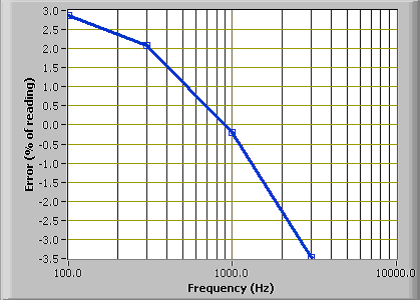Capacitors
A capacitor is an electronic component that is capable of storing energy as charge. Each capacitor consists of two plates of conductive material that are separated by a dielectric, which could be air, paper, plastic, oxide or any other type of insulator. The dielectric constant, or K, of an insulator represents its ability to store charge. The table below shows the K values for different dielectric materials:
| Dielectric | Dielectric Constant (K) |
|---|---|
| Vacuum | 1 |
| Air | 1.0001 |
| Teflon | 2.0 |
| Polypropylene | 2.1 |
| Polystyrene | 2.5 |
| Polycarbonate | 2.9 |
| Polyester | 3.2 |
| FR-4 | 3.8–5.0 |
| Glass | 4.0–8.5 |
| Mica | 6.5–8.7 |
| Ceramics | 6 to several thousand |
| Aluminum oxide | 7 |
| Tantalum oxide | 11 |
The electrical properties of insulators show variability with factors such as temperature, frequency, voltage, and humidity. This variability and the mechanical construction of the capacitor create a less than ideal device.
A better representation of real-world capacitors is shown in the equivalent model below, which aids in understanding the different parasitic elements that are present in a real-world component. These parasitic elements impact the capacitor impedance at different test frequencies.

The parallel resistance, Rp, is usually a large value, and its effect is significant only when measuring capacitors with small values. The equivalent series resistance, Rs, although a small value, is important in capacitors with large values, where the impedance is small compared to Rs and where high power is dissipated. The series inductance, Ls, represents the total inductance and capacitance roll-off at higher frequencies.
At low frequencies, capacitance varies with frequency and the test signal level, due to changes in the dielectric properties. The following graph shows a 2.2 µF 100 V aluminum electrolytic capacitor measured at different frequencies. The error is referenced to the measurement using a 1 Vrms AC test signal at 1 kHz.

These factors cause capacitors to have different values under varying conditions of temperature, frequency, and signal level.